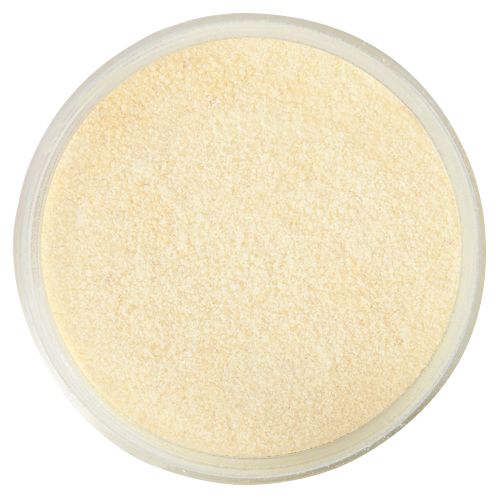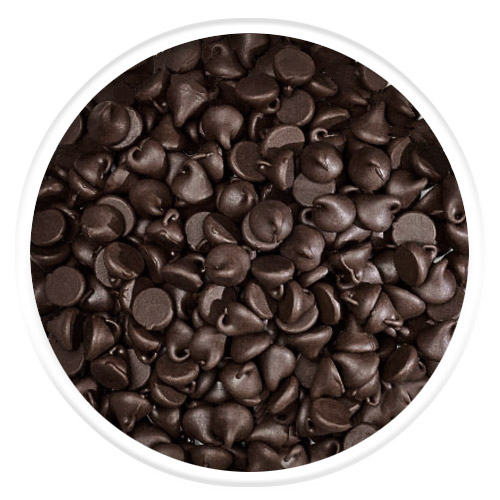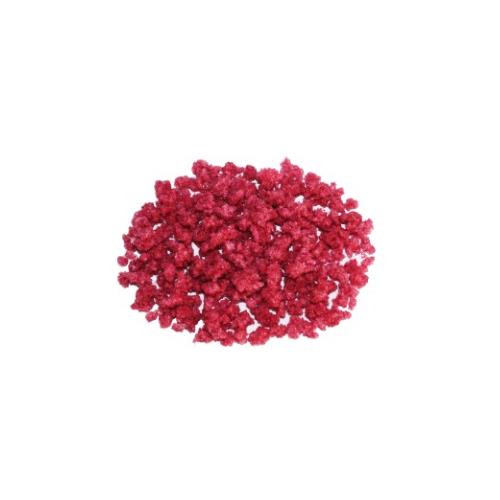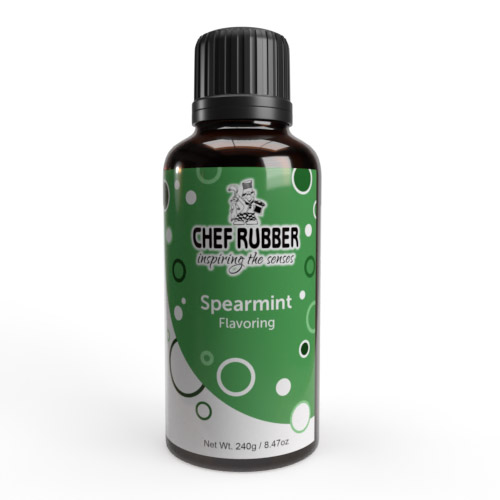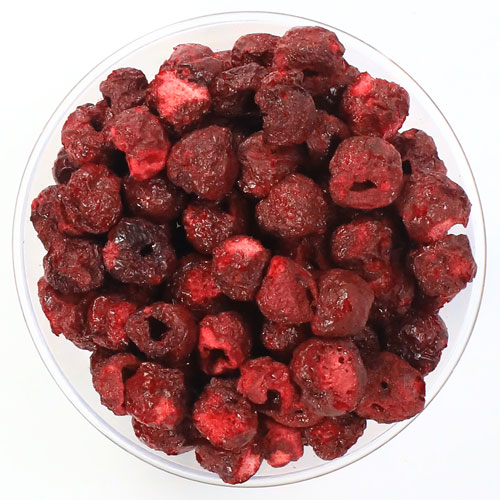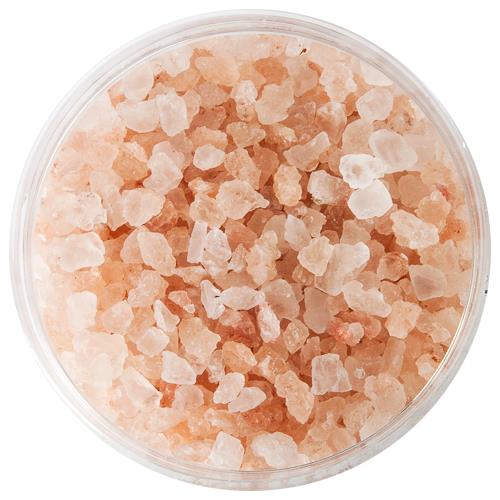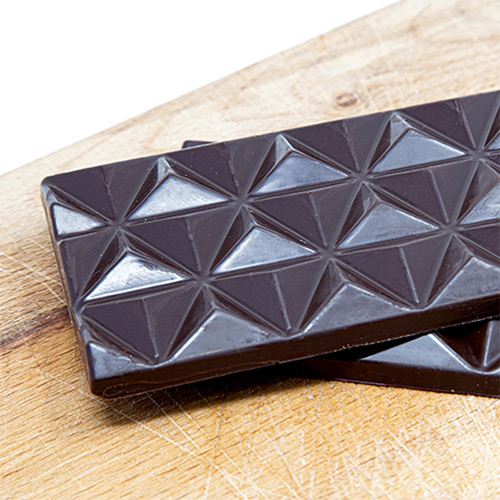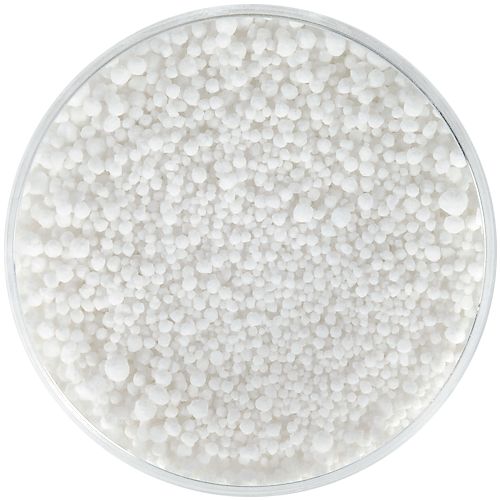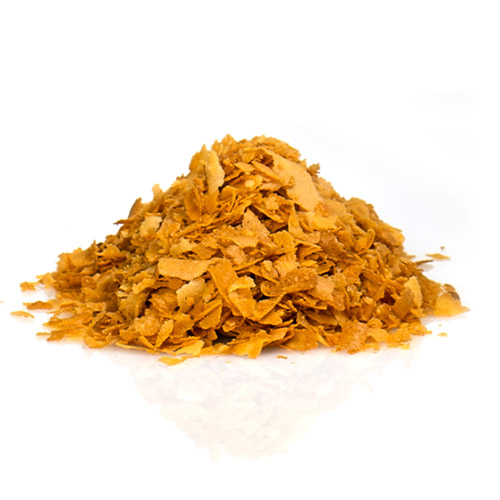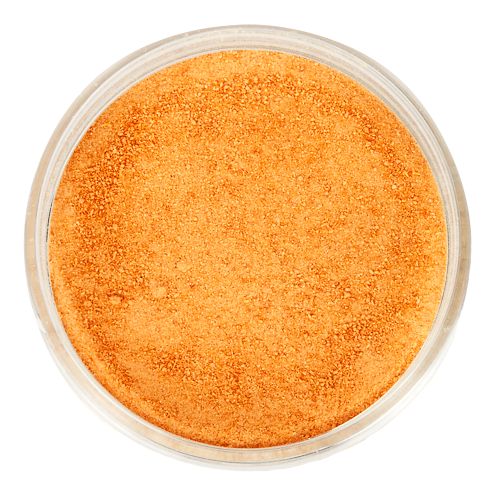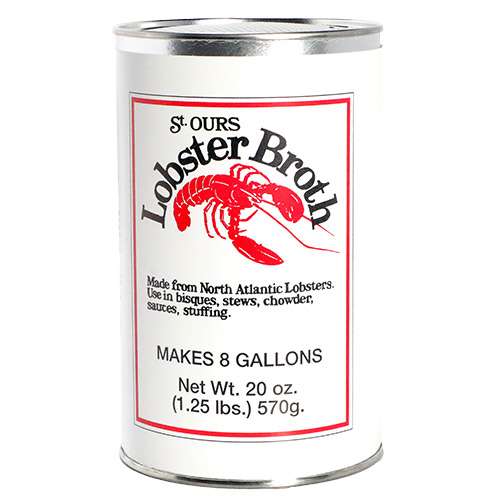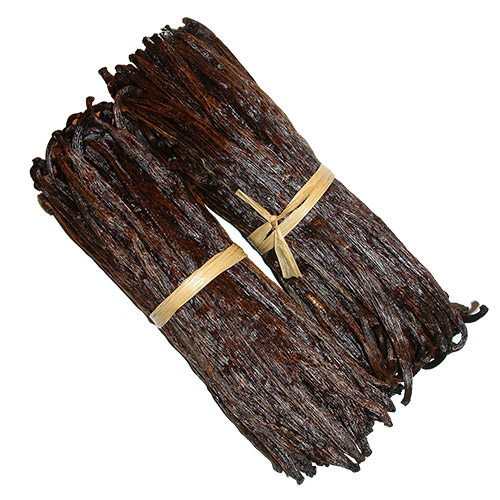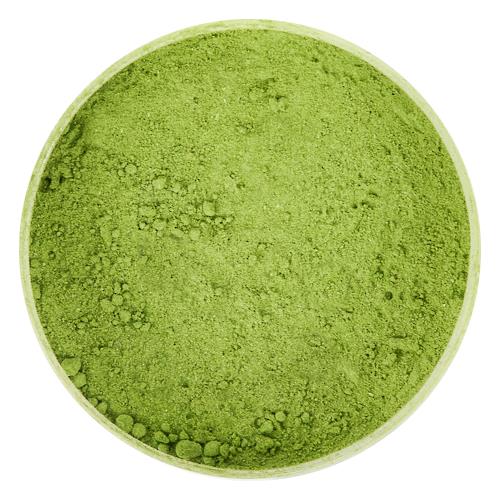 S2K Commerce - Products Dropdown
S2K Commerce - Products Dropdown
 S2K Commerce - Order Entry
S2K Commerce - Order Entry
INGREDIENTSChef Rubber provides world-class professional culinary artists all the basics required to build world-class cuisine. From thickeners to stabilizers, savory powders to gourmet salts, from freeze-dried fruit to chocolate products, you'll stock your operation for greatness. Now featuring Felchlin Mascarponosa, VeryBerryosa and other fine fillings and pastes for your pastry creations. |
| Ingredients Catalog |
- Sucrose esters are a food additive that is commonly used in the culinary industry as an emulsifier, stabilizer, and texturizer. Here are some culinary usages for sucrose esters:
- Baked Goods: Sucrose esters can be used in the production of baked goods, such as bread and cakes, to improve the texture, help stabilize the dough and attain a more refined crumb.
- Confectionery: Sucrose esters are commonly used in the production of confectionery products, such as candy and chocolate, to improve their texture and stability. Sucrose Esters can help prevent blooming in chocolate. Crystallization in sugar confections can be protected and aerated using Sucrose Esters.
- Dairy: Sucrose esters can be used in dairy products, such as ice cream, mousses and whipped cream, to improve their texture and prevent separation.
- Sauces and Dressings: Sucrose esters can be used in sauces and dressings as an emulsifier and stabilizer to prevent separation and improve the texture.
- Beverages: Sucrose esters can be used as an emulsifier and stabilizer in some beverages, such as smoothies and milkshakes, to improve the texture and prevent separation.
- Bulk sizes available on request.
Item#:
501630S
- This is a jar of freeze dried super sweet corn vegetable powder.
- Use this freeze dried super sweet corn powder for coloring, flavoring, and decoration.
- It can be used in many different applications.
- Some of these applications include pastries, icing, mousse, beverages, baked goods, and more.
- Use this powder to turn an ordinary creation into something with personality.
Item#:
511006S
Fruit Puree
- Give your creations a fruity punch-up with this delicious sweet cherry fruit puree!
- Use this versatile cherry puree in pastry fillings, ice cream, icings, jams as well as savory glazes and sauces.
- Craft cocktails, punches and smoothies can reach next-level flavor with this sweet cherry puree.
- Imagine how cherry fruit puree could elevate beer brewing, wine making and mead/cider production!
- Add fruit puree to pate de fruit and other fruity candies for extra taste intensity.
- This 100% fruit puree is shelf stable with no sugar added.
Item#:
504712
- This is a jar of sweet potato powder.
- Use this sweet potato vegetable powder for coloring, flavoring, and decoration.
- It can be used in many different applications.
- Some of these applications include pastries, icing, mousse, beverages, baked goods, and more.
- Use this powder to turn an ordinary creation into something with personality.
Item#:
511007S
- Tapioca Maltodextrin is a thickener, stabilizer, and carrier for flavorings and oils. This Tapioca Maltodextrin has been specially designed to have a very low bulk density. Here are some culinary usages for Tapioca Maltodextrin:
- Powdered Flavorings: Tapioca Maltodextrin can be used to turn liquid flavorings, such as oils and vinegars, into a dry powder form that can be easily sprinkled over food.
- Desserts: Tapioca Maltodextrin can be used to add texture and stability to desserts, such as mousses and custards, without altering the flavor.
- Savory Dishes: Tapioca Maltodextrin can be used as a thickener and stabilizer in savory dishes, such as sauces and soups.
- Dry Mixes: Tapioca Maltodextrin can be used in the production of dry mixes, such as cake mixes and drink mixes, to improve the volume, texture, and stability.
- Snacks: Tapioca Maltodextrin can be used to coat snacks, such as popcorn and chips, to improve the texture and help seasonings stick to the surface.
- In addition, this bland tasting Tapioca Maltodextrin functions excellently as a dispersant for dry ingredients in low solids preparations.
- Certified Kosher and Pareve
- Bulk sizes available on request.
Item#:
501802S
- Tartaric Acid granules are an acidulant, flavor enhancer, and leavening agent. Tartaric Acid is used to inhibit improper growth of sugar crystals. Here are some culinary usages for tartaric acid granules:
- Baked Goods: Tartaric acid granules can be used in the production of baked goods, such as cakes and breads, as a leavening agent to help the dough rise.
- Beverages: Tartaric Acid can be used in beverages, such as wine and fruit juice, as an acidulant and flavor enhancer.
- Confectionery: Tartaric acid granules can be used in the production of confectionery products, such as candy and chewing gum, as a flavor enhancer and to improve the texture.
- Pickling: Tartaric Acid granules can be used in the pickling process to help preserve vegetables and improve their texture.
- Sauces and Dressings: Tartaric Acid granules can be used in sauces and dressings as an acidulant and flavor enhancer.
- Tartaric Acid can be combined with baking soda for a leavening agent.
Item#:
501803S
- Tart cherry fruit juice powder can be mixed with water to make tart cherry juice.
- Tart cherry juice is a great source of antioxidants.
- Sweet applications include adding flavor and color to icings, glazes, mousses, creams, doughs, gelatin desserts, candy and fillings.
- Savory applications include marinades, dry rubs, salad dressings, seasoning blends, dips and spreads.
- Beverage applications include syrups, smoothies and hot beverages.
Item#:
504625S
- This is how you tart smart!
- La Rose Noire Tart Shells are an innovative option made with all-natural ingredients.
- These tart shells have delicious rich taste, made with free-range eggs, and packed in biodegradable trays.
- La Rose Noire is one the world's leading producers of fine bakery & pastry products.
- Diameter: 2" (5.08cm)
Item#:
509405A
Your Price:
69.99
Each
- Impart an exotic hint of spice as you season your favorite dish.
- Add tangy, zesty heat to meats, salads, stir fry or just about anything you can imagine.
- Your next red curry just found a new best friend!
Item#:
507113S
Filling
- Ultra-fine, water-based, ready to use caramel/toffee flavored cream made by cooking milk and sugar using traditional methods.
- Highly versatile and lends itself to before and after baking uses.
- Use as a filling and to flavor custards and creams.
- Kosher Dairy
Item#:
509565
New Item
- This is a jar of tomato vegetable powder.
- Use this tomato powder for coloring, flavoring, and decoration.
- It can be used in many different applications.
- Some of these applications include pastries, icing, mousse, beverages, baked goods, and more.
- Use this powder to turn an ordinary creation into something with personality.
Item#:
511008S
- Enzyme used to bind proteins such as beef, poultry, and seafood.
- Slurry Method: Make sure all utensils are room temperature and protective gloves are used as bonding agent should not come in contact with skin. Prehydrate as 1 part transglutaminase (GS) to about 4 parts warm water. Whisk water before slowly pouring powder into bowl, making sure to continually keep the water moving for 5 minutes. To validate proper mixing, mixture will appear foamy, but you must wait until foam disappears before applying.
- Brush Application: Apply slurry with brush to coat entire surface, then mold, stuff or vacuum package and refrigerate 6 hours to overnight for enzymatic reaction. (slurry in bowl will remain in a liquid state for 4 to 6 hours) DO NOT FREEZE TO EXPEDITE PROCESS. Once reacted, you can then cook, cut and/or freeze item, as the finished bond cannot be broken.
- Mixer/Tumbler Application: Slowly pour slurry into mixer or tumbler, and mix 4-5 minutes to evenly coat all surfaces. Follow steps above for packaging.
- Dry Mixing Method: Apply powder over protein in bowl or mixer, and mix 4-5 minutes to evenly coat all surfaces. If coating large pieces, shake off excess granules before bonding as only product with moisture will adhere. Follow steps above for packaging.
- Ingredients: sodium chloride, gelatin, trisodium phosphate, maltodextrin, transglutaminase, safflower oil.
Item#:
501804S
- Enzyme used to bind proteins such as beef, poultry, and seafood.
- Sprinkle Method: To join specific pieces, transglutaminase (RM) can be sprinkled on product surfaces. The surfaces are then joined and held in place though vacuum packaging or molding. Products should be formed immediately after joining coated surfaces. USAGE: 0.75 - 1.0%.
- Dry Mixing Method: Mixing is used to incorporate a marinade into meat trimmings or coarse ground products. After marinade is absorbed, transglutaminase (RM) may be added as a dry powder during mixing. Once transglutaminase is added, the product should be formed, stuffed, or molded within 20-30 minutes. USAGE: 1% of formula weight.
- Slurry Method: Pre hydrate at about 4 to 4.5 times its weight in water. Then add slurry to meat chunks and blend. Allow to activate in desired shape under refrigerated conditions. Once transglutaminase (RM) is mixed with water, it must be mixed and formed with meat products within 20-30 minutes. USAGE: 1% by weight.
- Storage: Once opened, reseal an unused portions and store frozen for up to 1 month.
- Ingredients: sodium caseinate, maltodextrin, transglutaminase
Item#:
501805S
- YG is a transglutaminase preparation designed specifically for dairy applications.
- For yogurt applications, it improves the texture by reducing non-fat solids, helps viscosity with perceived creaminess and reduces syneresis.
- Gluten Free Compliant, Kosher, Non GMO Compliant
Item#:
501823S
- Tylose is a thickener, stabilizer, and emulsifier. Tylose is often preferred by decorators due to the fact that it is more affordable and the supply is more reliable. It improves freeze / thaw capabilities, resists humidity and prolongs shelf life. Here are some culinary usages for tylose:
- Fondant: Tylose can be added to fondant to improve its texture, making it easier to shape and sculpt into decorative shapes.
- Icing: Tylose can be added to icing to thicken it and help it hold its shape, making it easier to decorate cakes and cupcakes.
- Gum Paste: Tylose can be added to gum paste to improve its elasticity and make it easier to shape into intricate designs.
- Bread: Tylose can be added to bread dough to improve its texture and help it rise.
- Sauces and Dressings: Tylose can be used in sauces and dressings as a thickener and stabilizer to prevent separation and improve the texture.
- Tylose is a synthetic substitute for Gum Tragacanth in sugarpaste. Gum Tragacanth will yield a slightly softer gumpaste than Tylose.
Item#:
501807S
- ULTRA-SPERSE¨ M is a high performance, cold water swelling (CWS) modified food starch derived from waxy maize.
- It is particularly well suited for food preparations subjected to severe processing like microwaving or milling.
- It exhibits excellent dispersibility and imparts superior sheen, clarity, and smoothness when compared to traditional pregelatinized starches.
- ULTRA-SPERSE¨ M disperses easily in hot or cold water without lumping and yields a smooth, short texture with excellent sheen and clarity.
- The product is extremely resistant to harsh processing conditions including intense heating (microwaving), high shear (milling), or low pH.
- The product imparts a rich, creamy mouth feel to prepared foods.
- It also offers excellent cold temperature storage stability to refrigerated or frozen foods.
Item#:
501808S
- Ultratex 3 is a modified food starch derived from tapioca.
- Cold water swelling without the use of heat.
- Bland flavor with good mouth feel.
- Use Ultratex 3 tapioca starch for thickening and also works great for films.
- Bulk sizes available on request
Item#:
501809S
- Ultratex 8 is a modified tapioca starch that can be used as a thickening, stabilizing agent and works great in films. Here are some culinary usages for Ultratex 8:
- Thickening: Ultratex 8 can be used to thicken sauces, gravies, soups, and other liquid-based dishes. It can help to create a smooth texture without altering the flavor or color of the dish.
- Breading: Ultratex 8 can be used as a gluten-free alternative to wheat flour in breading for fried foods. It can help to create a crispy texture and is perfect for those with gluten allergies or sensitivities.
- Gluten-free baking: Ultratex 8 can be used in gluten-free baking to replace the binding and elasticity properties of gluten. It can help to give gluten-free breads and baked goods a better texture.
- Ice cream and sorbet: Ultratex 8 can be used in ice cream and sorbet to create a smoother texture and prevent ice crystals from forming. It can also help to improve the stability of the final product.
- Meat and poultry products: Ultratex 8 can be used as a binder in meat and poultry products such as sausages and deli meats. It can help to improve the texture and prevent the products from drying out.
- Ultratex 8 has a bland flavor with good mouth feel.
- Bulk sizes available on request.
Item#:
501810S
- These are direct-from-grower are bourbon vanilla beans of the planifolia species.
- Approximately 90-110 beans per pouch.
- Average length ranges from 6-1/2" to 7" long.
- Please note- Beans in the 5 pack will generally be less moist than in the larger pack sizes.
Item#:
506601S
- These are direct-from-grower vanilla beans of the tahitensis species.
- Approximately 110 to 130 beans per pouch.
- Average length ranges from 5-1/2" to 6" long.
- Please note- Beans in the 5 pack will generally be less moist than in the larger pack sizes.
Item#:
506602S
Bourbon Vanilla
- The perfect all-purpose vanilla for flavor and consistency in both hot and cold applications.
- A dash or two of vanilla is a fat and sodium-free way to add a bit of extra flavor to any dish.
- Sweet ideas: cakes, cookies, ice cream, puddings, pastries, French toast, scones
- Savory ideas: seafood, sauces, soups, marinades
- Beverage ideas: hot chocolate, iced tea
Item#:
506604S
- This is Chef Rubber real Tahitian vanilla liquid extract.
- Use our vanilla extract in cakes, cookies, baked goods and specialty confections.
- Ganaches, frostings and buttercreams achieve new flavor levels with our Tahitian vanilla extract.
Item#:
506603S
450g / 16oz
- When looking for a step-saver with a visual appeal, try Chef Rubber single fold vanilla bean paste.
- Due to its thick consistency, this culinary paste enables you to add more delicious vanilla flavor without thinning out batters or sauces.
- It’s also ideal for recipes, such as crème brûlée and ice cream, in which you want to add the enticing visual flair of vanilla seeds.
- The paste is a solution for those searching for a quick and easy way to add the appearance of vanilla seeds to a dish, while also adding flavor.
- Vanilla Bean Paste can be used as a direct replacement for extract when you want the distinctive look of vanilla bean specks.
- Sweet ideas: crème anglaise, crème brûlée, custards, puddings, gelato, ice cream, sauces, honey-vanilla spread
- Savory ideas: glazes for poultry, seafood and pork
- Beverage ideas: milkshakes, coffee flavoring
Item#:
506605C
Your Price:
49.00
Each
- This is Sel Gris French sea salt stone ground into a powder.
- Imparts a subtle surface saltiness.
- Sel Gris is a fine grained salt perfect for dusting your favorite foods.
Item#:
507115S
- Versa Whip whipping agent is made from soy protein.
- It is used to replace egg albumin or gelatin.
- Versa Whip produces a stable foam especially when used with Xanthan Gum.
Item#:
501811S
Oil Based
- This is Chef Rubber Watermelon Flavoring.
- Our liquid oil based watermelon flavoring is specially formulated for optimal results in chocolates, fudges, frostings, baking and specialty confections.
- Watermelon flavor is also great for cookies, cakes, and croissants.
- Add watermelon flavor to your culinary creations with our watermelon flavoring.
- Gallon size available on request
Item#:
506257S
- This watermelon fruit juice powder can be mixed with water to create watermelon juice.
- Sweet applications include adding flavor and color to icings, glazes, mousses, creams, doughs, gelatin desserts, candy and fillings.
- Savory applications include marinades, dry rubs, salad dressings, seasoning blends, dips and spreads.
- Beverage applications include syrups, smoothies and hot beverages.
Item#:
504630S
- Wonderful and lovely colored watermelon powder is available in two sizes.
- Use this freeze dried watermelon powder for coloring, flavoring, and decoration.
- Natural watermelon powder is a perfect component in many different applications.
- Watermelon powder will add a sweet refreshing flavor to pastries, icing, mousse, beverages, baked goods, and more.
- Use watermelon fruit powder to turn an ordinary creation into a delicious summery delight!
- Bulk sizes available on request
Item#:
504555S
- Our whipped cream stabilizer is a standardized carrageenan designed to prevent serum separation in whipped cream.
Item#:
501813S
Natural Water Based
- This is Chef Rubber Natural Whiskey Flavoring.
- Use our liquid water based whiskey flavoring in cakes, cookies, baked goods and specialty confections.
- Ganaches, frostings and buttercreams achieve new flavor levels with our whiskey flavoring.
- Our water based flavorings are also great for hard candies, ice creams and gelatos.
- Water based flavorings are not recommended for chocolate applications.
- Gallon size available on request
Item#:
506260S
- Xanthan Gum is a natural gum produced by culture fermentation of glucose that is very stable under a wide range of temperatures and pH. Here are some culinary usages for xanthan gum:
- Thickening: Xanthan gum can be used to thicken liquids such as sauces, gravies, soups, and salad dressings. It can also be used to create thicker batters and doughs for baking.
- Emulsifying: Xanthan gum can be used as an emulsifier to keep liquids from separating, such as in salad dressings and mayonnaise.
- Gluten-free baking: Xanthan gum can be used in gluten-free baking to replace the binding and elasticity properties of gluten. It can help to give gluten-free breads and baked goods a better texture.
- Ice cream and sorbet: Xanthan gum can be used in ice cream and sorbet to create a smoother texture and prevent ice crystals from forming.
- Meat and poultry products: Xanthan gum can be used as a binder in meat and poultry products such as sausages and deli meats. It can help to improve the texture and prevent the products from drying out.
- Typical usage: 0.1% to 0.5% by weight.
- Xanthan Gum is cold water soluble.
- Certified Kosher and Pareve
- Bulk sizes available on request.
Item#:
501814S
- Xylitol is a sugar alcohol that can be used as a sugar substitute in cooking, baking, candies, chewing gum and natural ingredient toothpaste. Although it has the same sweetness as sugar, Xylitol can be labeled "sugar-free". Here are some culinary usages for xylitol:
- Sweetening: Xylitol can be used as a sweetener in baked goods such as cakes, cookies, and muffins. It has a similar sweetness to sugar but with fewer calories.
- Frostings and glazes: Xylitol can be used in frostings and glazes to sweeten and thicken them. It can also give a glossy finish to your desserts.
- Jams and jellies: Xylitol can be used in place of sugar in making jams and jellies. It can help to thicken the mixture and add sweetness without adding extra calories.
- Ice cream: Xylitol can be used to sweeten ice cream and other frozen desserts. It can also help to prevent the formation of ice crystals and improve the texture.
- Beverages: Xylitol can be used to sweeten hot or cold beverages such as tea, coffee, and smoothies. It dissolves easily and has a similar sweetness to sugar.
- The metabolism of Xylitol does not require insulin and it does not promote tooth decay.
sugar
Item#:
501815S
Desiccated
- Desiccated coconut is a great addition to pastry, baked good, savory crusts and sauces and even cocktails!
- Our desiccated coconut is sulfur oxide free.
desiccated coconut
Item#:
509025S
Cocoa Powder
- Cocoa Powder with an intense chocolate flavor and a unique deep red color.
- 22-24% Fat
Item#:
502053S
Cocoa Powder
- A rich, lovely dark cocoa powder, part of the Chef Rubber Blend collection.
Item#:
502050S

